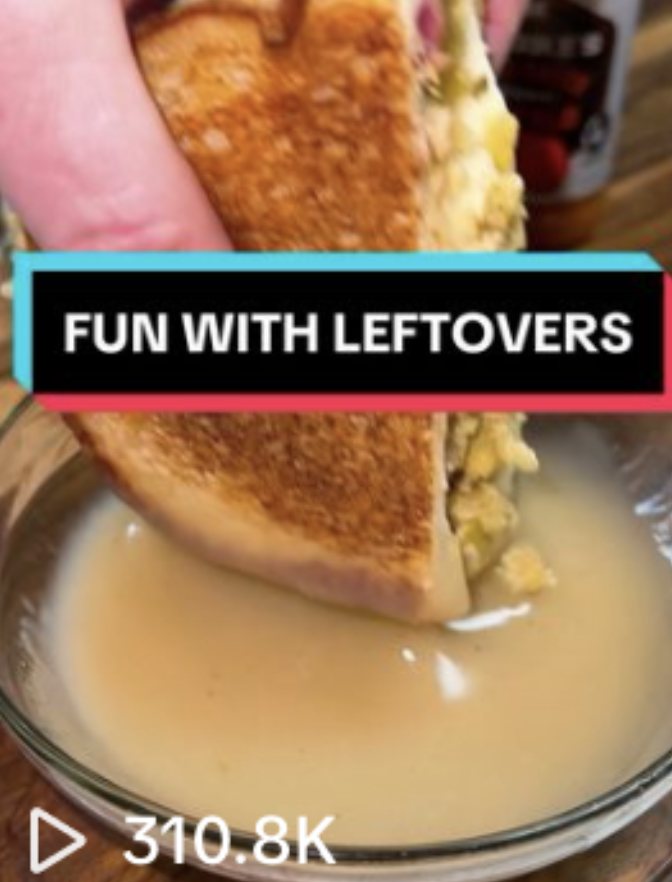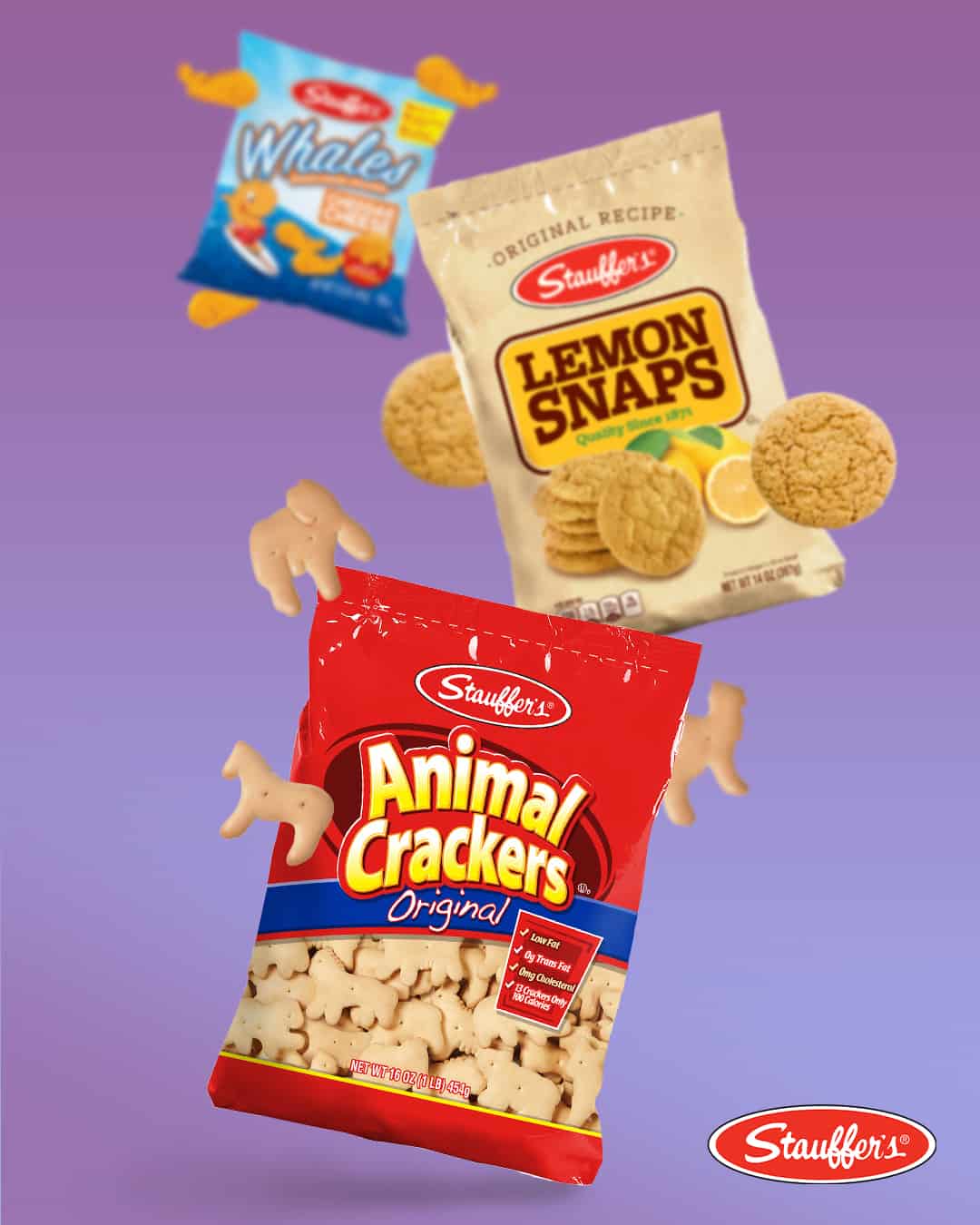Understanding UGC and Influencers
In today’s digital marketing world, brands use different strategies to connect with their audience. Two key methods are User-Generated Content (UGC) and influencer marketing. Understanding their differences and how they impact food and beverage brands is crucial for crafting effective marketing campaigns.
What is UGC?
User-Generated Content (UGC) refers to content created by customers or fans without any direct incentive from the brand. This can include social media posts, reviews, photos, and videos. UGC is powerful because it reflects genuine customer experiences and opinions. It’s authentic, relatable, and often carries more trust than traditional advertising.
What is Influencer Marketing?
Influencer marketing involves partnering with individuals who have a significant following on social media. These influencers promote products or services to their audience in exchange for compensation. Influencers can be celebrities, industry experts, or social media personalities. They leverage their credibility and reach to influence the purchasing decisions of their followers.



Key Differences Between UGC and Influencers
- Authenticity:
- UGC: Highly authentic since it comes from real customers. It carries more trust and credibility because it represents genuine opinions and experiences.
- Influencers: While trusted, influencer content may be perceived as less authentic because it’s often paid for. However, influencers can still provide a sense of relatability and trust if they genuinely use and believe in the products they promote.
- Cost:
- UGC: Cost-effective as brands don’t pay for this content; it’s organically generated. Brands might invest in campaigns that encourage UGC, but the content creation itself is free.
- Influencers: Can be expensive, depending on the influencer’s reach and engagement. Brands must consider the cost of compensating influencers, which can vary widely.
- Control:
- UGC: Brands have little control over UGC. This can be both a positive and a negative. On the one hand, it adds to the authenticity; on the other hand, it can sometimes result in content that doesn’t align perfectly with brand messaging.
- Influencers: Brands can guide and shape the message with influencer marketing to ensure it aligns with their goals. Influencers often follow brand guidelines when creating content.
Impact of UGC on Food and Beverage Brands
UGC has a significant impact on food and beverage brands:
- Trust Building: Consumers trust other consumers. Positive reviews and genuine content boost brand credibility.
- Community Engagement: Encouraging customers to share their experiences fosters a sense of community and brand loyalty. It makes customers feel valued and heard.
- Cost Efficiency: Leveraging UGC reduces marketing costs while maintaining high engagement rates. It also provides a wealth of content that brands can repurpose.
Impact of Influencers on Food and Beverage Brands
Influencer marketing also offers unique advantages:
- Reach and Visibility: Influencers can introduce brands to large, engaged audiences quickly. They can amplify brand messages to a wider audience.
- Targeted Marketing: Brands can choose influencers whose followers match their target demographic, ensuring effective marketing. This allows for highly targeted campaigns that reach the right audience.
- Content Creation: Influencers create high-quality content that brands can repurpose for other marketing efforts. This content often includes professional photos and videos that enhance brand image.
Combining UGC and Influencer Marketing
For maximum impact, food and beverage brands should combine UGC and influencer marketing:
- Enhanced Authenticity: Featuring influencer content alongside UGC can enhance perceived authenticity. It creates a balanced mix of genuine customer experiences and trusted influencer endorsements.
- Broader Reach: Combining strategies increases reach, engaging both existing customers and new potential customers. It ensures that the brand’s message is seen by a diverse audience.
- Diverse Content: A mix of content types keeps the brand’s marketing fresh and engaging. This diversity helps maintain audience interest and engagement over time.
Strategies for Leveraging UGC and Influencer Marketing
- Encourage UGC: Run contests and campaigns that motivate customers to share their experiences. For example, ask customers to post photos of their favorite meals using your products and tag your brand for a chance to be featured.
- Collaborate with Influencers: Partner with influencers who align with your brand values and have a genuine connection to your products. Ensure that influencers have creative freedom to maintain authenticity.
- Highlight UGC in Marketing: Feature UGC in your social media, website, and advertising campaigns. This not only builds trust but also encourages more customers to share their experiences.
- Measure Impact: Use analytics to track the performance of both UGC and influencer campaigns. Analyze engagement rates, reach, and conversions to understand what works best for your brand.
Conclusion
Understanding the differences between UGC and influencer marketing is essential for food and beverage brands. Both strategies offer unique benefits and, when combined, can create powerful marketing campaigns. By leveraging the authenticity of UGC and the reach of influencers, brands can build trust, engage their audience, and drive growth effectively.
Cool Nerds Marketing specializes in helping food and beverage brands navigate these strategies. Contact us today to learn how we can elevate your brand’s digital presence and achieve your marketing goals.


